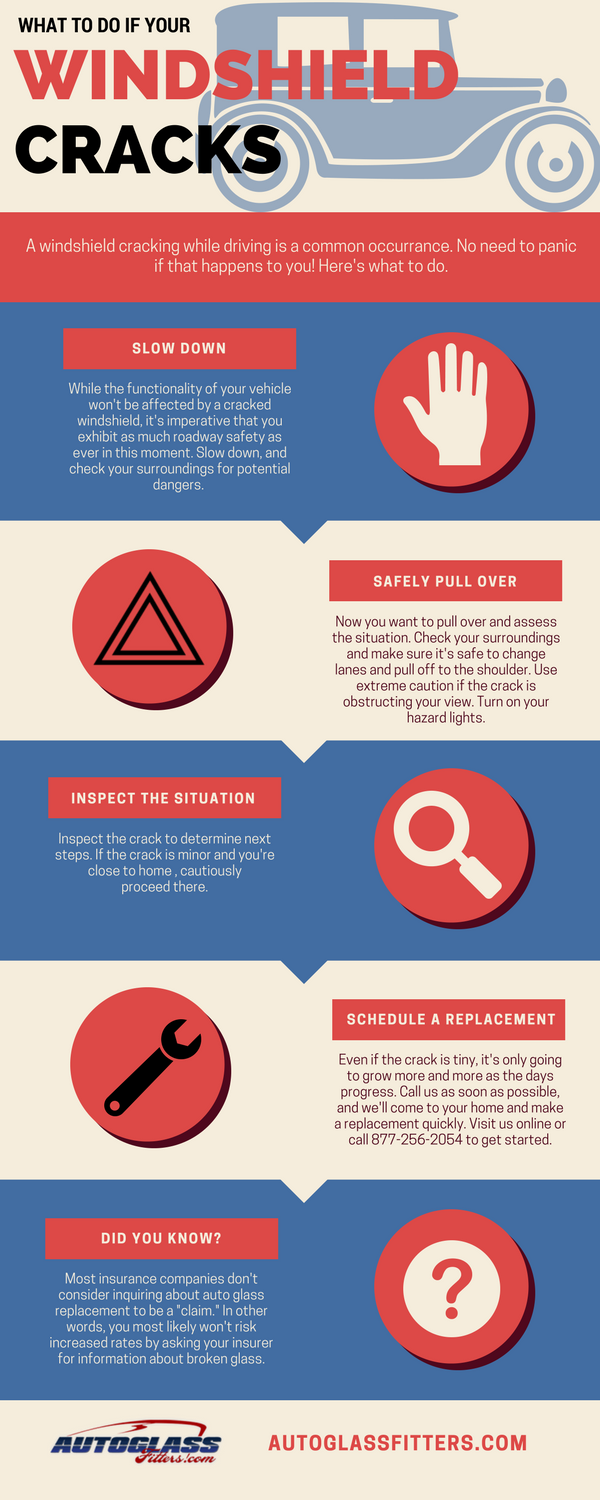The Very Best Pressure Washing Methods For Each Surface
The Very Best Pressure Washing Methods For Each Surface
Blog Article
Composed By-Bryant Mosley
When it involves press cleaning, the technique you choose can make all the distinction in attaining a clean, streak-free finish. You might discover that hard surface areas, like concrete, call for a different technique than softer products, such as timber or vinyl. It's necessary to adjust your techniques to the surface area kind to prevent damage while maximizing cleaning effectiveness. So, what are the best techniques for every surface area, and just how can you ensure you're using the appropriate setups and devices for the task? Allow's explore what you require to understand to get the very best results.
Tough Surfaces
When it involves pressure cleaning hard surfaces, preparation is crucial. Prior to you even think of taking out the pressure washing machine, make the effort to get rid of the area of any debris, furnishings, or obstacles. You don't desire anything entering your means or potentially destructive your equipment.
Next off, examine the surface for any type of splits or damage; this will certainly assist you establish the ideal technique and pressure setups.
As soon as you have actually prepared the area, it's important to select the appropriate nozzle. For tough surfaces like concrete or block, a narrow nozzle (15 or 25 levels) functions best to supply a concentrated stream of water that can efficiently eliminate grime and spots. Always begin at a distance and slowly move more detailed to prevent any surface damages.
As you start washing, keep the wand transferring to stop touches and over-saturation. It's additionally handy to work from the top down, permitting dust and particles to remove normally.
Ultimately, bear in mind to rinse the surface area extensively after cleaning to eliminate any type of remaining detergent. With these methods, you'll achieve a tidy and rejuvenated appearance on all your tough surfaces.
Soft Surfaces
Pressure washing soft surfaces calls for a gentler approach to shield them from damage. Whether https://www.washingtonpost.com/lifestyle/home/how-can-i-get-the-brown-crud-off-my-ovens-glass-door/2021/01/29/1b54e916-5f1c-11eb-9430-e7c77b5b0297_story.html cleansing your deck, patio furniture, or house siding, using excessive stress can cause dents, scrapes, or perhaps irreversible harm.
Begin by picking a low-pressure nozzle, preferably a 25-degree or broader spray pattern, to disperse the water much more gently.
Prior to you begin, it's critical to pre-treat any type of discolorations with an ideal cleansing option. This action allows the cleaner to pass through the dirt and crud, making it less complicated to wash away without rubbing too hard.
Always apply the remedy from the bottom as much as prevent spotting.
When you begin pressure cleaning, keep a distance of a minimum of 12 to 18 inches from the surface. Move your wand in a sweeping movement, keeping it parallel to the surface to stay clear of focused stress on one place.
Rinse the area extensively after cleaning to eliminate any type of recurring cleaner.
Last but not least, inspect the surface area for any kind of missed spots and repeat the process if essential. By complying with these steps, you can successfully clean soft surfaces while preserving their stability and appearance.
Specialty Surfaces
Cleansing soft surface areas calls for care, yet specialty surface areas require much more interest to detail. When you take on these surface areas, like fragile timber, discolored concrete, or certain sorts of house siding, using the ideal stress washing techniques is critical to stay clear of damage.
First, assess the product. For example, treated wood can typically endure modest stress, yet softer woods like cedar may need a lower setup. Always begin with the most affordable pressure and slowly raise if necessary.
For tarnished concrete, make use of a fan spray nozzle and maintain a regular range to prevent engraving the surface.
When dealing with surface areas like plastic house siding or painted surfaces, a large spray pattern helps disperse the stress equally, securing the surface.
It's also a good idea to make use of cleaning agents especially made for specialized surface areas. They can improve cleansing without compromising the material.
Wash thoroughly after cleaning to eliminate any kind of deposit, as it can result in discoloration or deterioration in time.
Final thought
Finally, mastering stress cleaning techniques for different surface areas can make all the distinction in your cleaning outcomes. For difficult surface areas, stick to slim nozzles and a top-to-bottom method, while soft surface areas require a gentler touch with bigger nozzles. Don't fail to remember to pre-treat spots and rinse extensively to prevent deposit. By adapting https://simonhouag.dsiblogger.com/65505938/a-thorough-overview-to-making-an-informed-choice-pertaining-to-pressure-laundering-provider per product, you'll not just accomplish a cleaner coating however likewise shield the stability of your surfaces. Satisfied cleansing!
